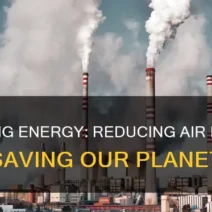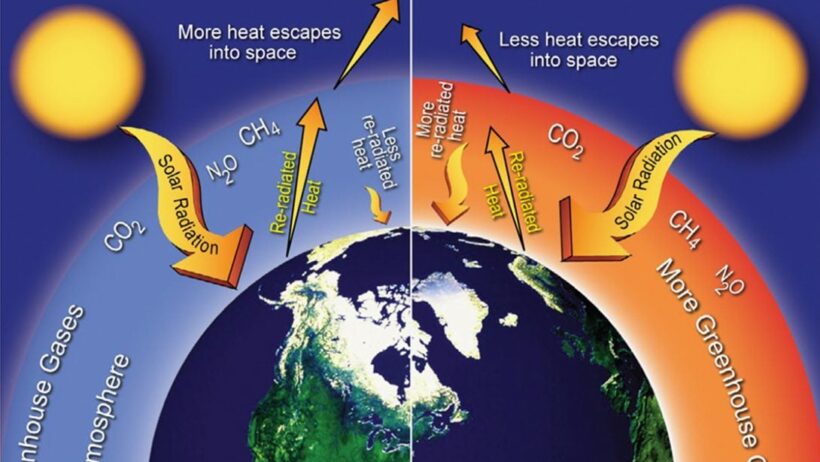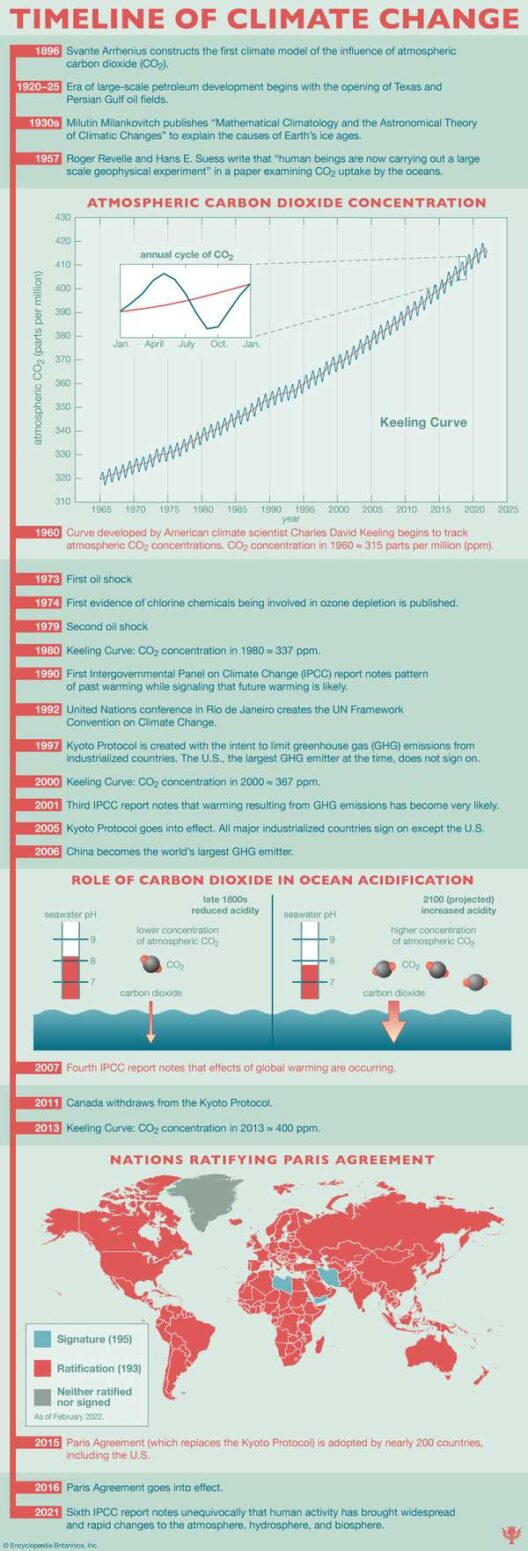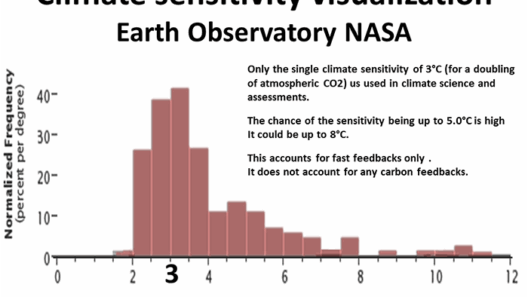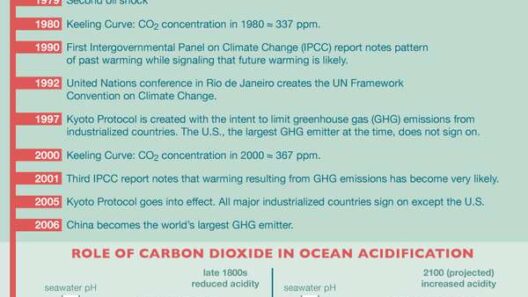Climate change represents one of the most formidable challenges facing humanity today. This phenomenon, characterized by long-term alterations in temperature, precipitation patterns, and atmospheric conditions, occurs due to a mélange of natural and anthropogenic factors. Understanding the intricate causative mechanisms behind climate change is pivotal, as it informs both mitigation strategies and adaptation efforts.
To grasp why climate change happens, it is essential to delineate the primary drivers. A foundational factor for climate fluctuations lies in the greenhouse effect, a natural process whereby certain gases in the Earth’s atmosphere, such as carbon dioxide (CO2), methane (CH4), and nitrous oxide (N2O), trap heat from sunlight. This phenomenon is essential for sustaining life; however, human activities have dramatically exacerbated the concentrations of these gases, leading to an enhanced greenhouse effect.
Among the direct causes of increased greenhouse gas emissions, fossil fuel combustion stands out. The extraction, processing, and utilization of fossil fuels such as coal, oil, and natural gas for energy production contribute significantly to CO2 emissions. The Intergovernmental Panel on Climate Change (IPCC) has reported that approximately 78% of total greenhouse gases emitted between 1970 and 2010 were due to fossil fuel use. As developing nations industrialize, the reliance on fossil fuels tends to increase, exacerbating the situation further.
Another significant cause of climate change is deforestation, predominantly for agriculture and urban development. Forests serve as crucial carbon sinks, absorbing CO2 from the atmosphere. When trees are cleared, not only does this vital function diminish, but the carbon stored in the trees is also released back into the atmosphere. The loss of biodiversity that accompanies deforestation can also destabilize ecosystems, leading to decreased resilience against climate impacts.
Moreover, agriculture contributes to climate change through practices that emit greenhouse gases. For instance, livestock farming produces substantial amounts of methane, a potent greenhouse gas with a much higher warming potential than CO2 over a short timeframe. Additionally, the application of nitrogen-based fertilizers liberates nitrous oxide, another greenhouse gas. Intensive farming practices not only degrade soil health but also elevate emissions, creating a self-reinforcing cycle of environmental degradation.
Industrial processes, waste management, and land-use changes further exacerbate climate change. The production of goods involves complex supply chains that often result in substantial greenhouse gas emissions. Industrial activities account for a considerable share of global emissions, reflecting the intertwined nature of modern economies and climate health. Meanwhile, waste decomposition in landfills generates methane, underscoring the importance of managing waste sustainably.
Beyond human-induced factors, natural processes also play a role in influencing the climate. Volcanic eruptions, for example, can inject significant quantities of ash and sulfur dioxide into the stratosphere, creating a temporary cooling effect as particles reflect sunlight. However, these events are relatively infrequent compared to human-induced changes and typically do not lead to long-term climate shifts.
The consequences of climate change are pervasive and multifaceted. One of the most immediate and observable impacts is the increase in global temperatures, which has profound effects on weather patterns. Rising temperatures contribute to the melting of polar ice caps and glaciers, resulting in rising sea levels that threaten coastal communities and ecosystems.
Moreover, changes in climatic conditions lead to more extreme weather events, including severe storms, droughts, and heatwaves. The intensification of these events can disrupt food production, decrease water availability, and heighten the risks of wildfires, creating an urgent need for resilient infrastructure and sustainable agricultural practices.
The implications of climate change extend beyond physical alterations to the environment; they also encompass socio-economic ramifications. Vulnerable communities, particularly in developing countries, face disproportionate effects due to limited resources to adapt. Climate change can exacerbate existing inequalities, leading to increased migration, conflict over resources, and compromised public health.
Public health concerns also arise as climate change alters the prevalence of vector-borne diseases. Rising temperatures create favorable conditions for the spread of diseases such as malaria and dengue fever, posing significant risks to health systems worldwide. Moreover, air quality deterioration due to increased pollutants can lead to respiratory and cardiovascular diseases, demonstrating the intertwined nature of climate and human health.
In summary, climate change arises from a complex interplay of natural and anthropogenic factors, chief among them being the enhanced greenhouse effect driven by human activity. The consequences are wide-ranging, affecting everything from environmental stability and weather patterns to socio-economic dynamics and public health. Given the multifarious impacts and the urgency of the situation, comprehensive strategies focused on reducing emissions, enhancing resilience, and fostering sustainable practices are essential. The time to act is now, as the health of our planet, and consequently our very existence, hangs in the balance.

